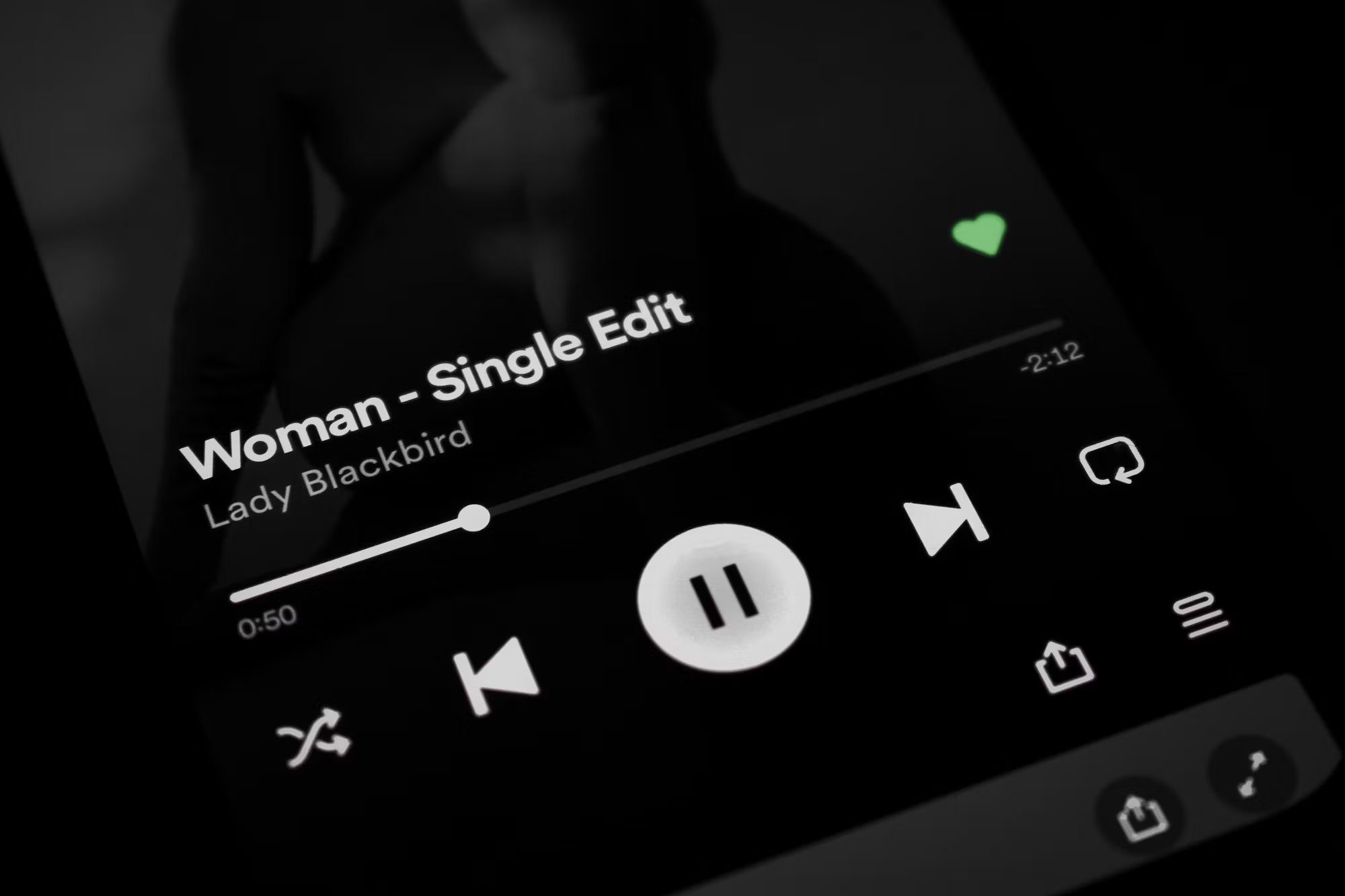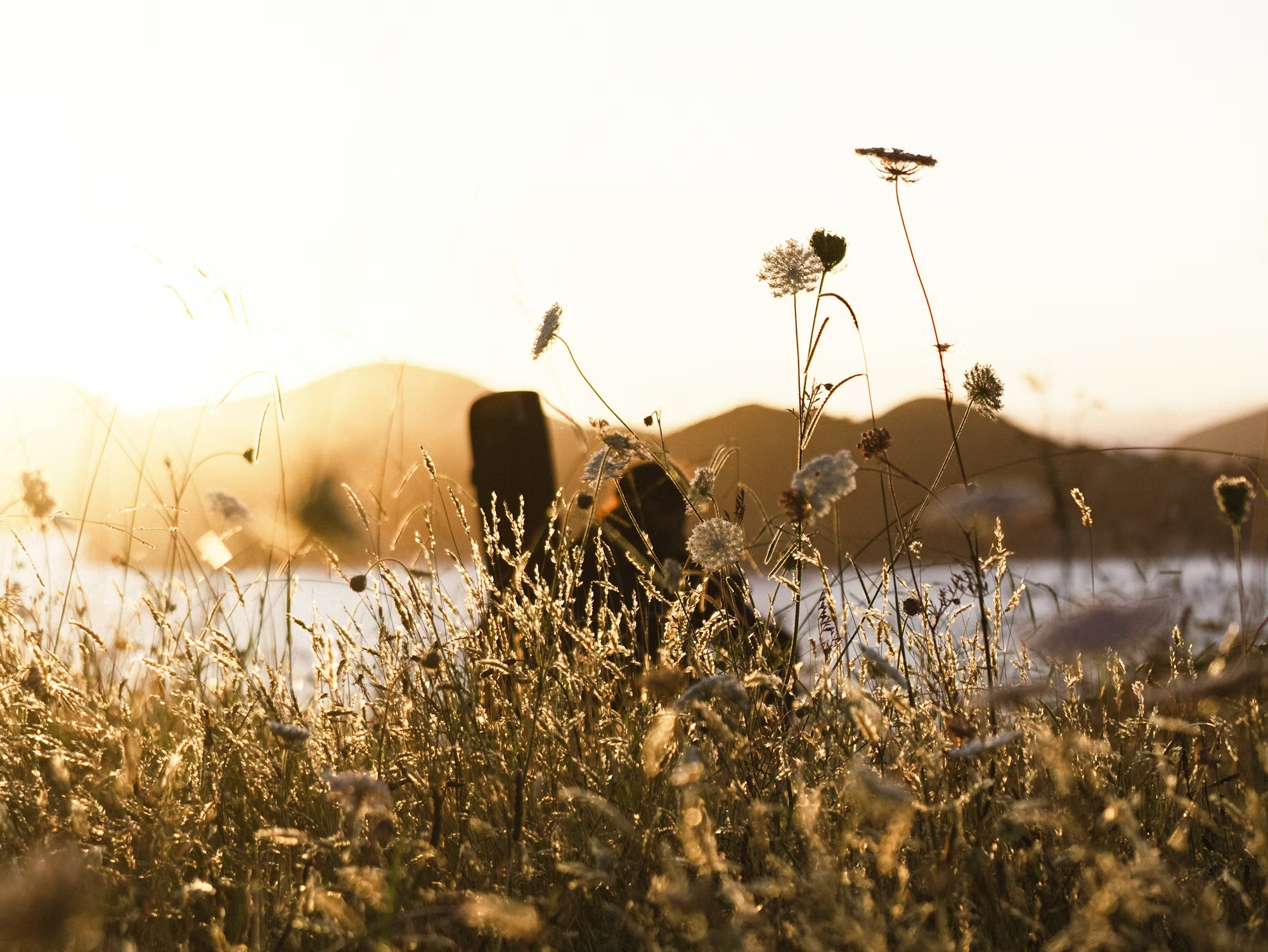In the ever-evolving world of music, collaboration has emerged as a vital element driving creativity and innovation. The process of bringing together diverse talents, ideas, and perspectives not only enhances the artistic output but also fosters a sense of community among musicians and audiences alike. This article examines the various dimensions of music collaboration, exploring its significance, the tools that facilitate it, and its impact on the music industry as a whole.
Historically, collaboration in music has taken many forms. From classical composers working with virtuoso musicians to modern artists teaming up for chart-topping hits, the exchange of ideas and skills has enriched the music landscape. In the past, collaborations were often confined to specific genres or local scenes, but the advent of technology and social media has transformed this dynamic, creating new opportunities for artists to connect across genres and geographic boundaries.
One of the most notable aspects of contemporary music collaboration is the rise of the digital platform. With the proliferation of social media and music-sharing sites, artists can easily showcase their work, reach wider audiences, and find potential collaborators. Platforms like SoundCloud, Bandcamp, and Instagram enable musicians to share their ideas in real time, allowing them to receive feedback and connect with others who share their passion. This democratization of music has led to an explosion of creativity, as artists from diverse backgrounds and styles come together to create something unique.
Moreover, digital tools such as Digital Audio Workstations (DAWs) have made it easier than ever for artists to collaborate remotely. Musicians can record their contributions from anywhere in the world, share files seamlessly, and integrate their sounds into a cohesive piece. This flexibility has opened the door to a new wave of collaboration, where artists can work together without the constraints of distance or location. The ability to combine various musical styles and influences has led to the emergence of hybrid genres that reflect the rich tapestry of global music.
As artists increasingly collaborate across genres, we see the blurring of lines between different musical styles. A pop singer might collaborate with a hip-hop producer, or a classical musician might team up with an electronic artist. These cross-genre collaborations not only expand the artists’ creative horizons but also introduce audiences to new sounds and ideas. This fusion of genres has become a defining characteristic of contemporary music, with artists constantly pushing the boundaries of what is considered traditional within their genres.
Collaboration also fosters innovation by allowing artists to share their skills and expertise. For instance, a songwriter may team up with a producer who specializes in sound design, resulting in a unique blend of lyrical storytelling and innovative soundscapes. This exchange of knowledge not only enriches the music but also enhances the professional development of the artists involved. By learning from one another, musicians can elevate their craft and explore new avenues of expression.
Furthermore, collaboration can enhance the emotional depth of music. When artists come together to create, they often draw from their personal experiences and emotions, resulting in a rich tapestry of narratives and perspectives. Collaborative songwriting sessions can lead to powerful, relatable lyrics that resonate deeply with audiences. This emotional connection is a crucial aspect of music, allowing listeners to find solace and understanding through shared experiences.
The significance of collaboration extends beyond the music itself; it plays a vital role in building a sense of community within the industry. As artists come together to create, they forge connections that can lead to lifelong friendships and professional partnerships. Music festivals, workshops, and collaborative events provide opportunities for artists to meet, share ideas, and inspire one another. These interactions foster a supportive environment where creativity can flourish, allowing artists to uplift each other in their respective journeys.
In addition to fostering individual connections, collaboration can also unite fans. When artists collaborate, they often bring together their fan bases, creating a shared experience that transcends individual preferences. This unity can lead to a greater appreciation for diverse musical styles and a sense of belonging among fans. The excitement surrounding a collaboration can generate buzz and anticipation, drawing in listeners who may not have previously engaged with a particular artist or genre.
Looking ahead, the future of music collaboration appears promising. As technology continues to evolve, we can expect to see even more innovative tools and platforms that facilitate artistic collaboration. Virtual reality and augmented reality may play a role in enhancing the collaborative experience, allowing artists to connect in immersive environments and create together in ways that were previously unimaginable. These advancements will likely reshape the way we think about collaboration, making it an even more integral part of the music-making process.
In conclusion, the art of music collaboration is a powerful force that drives creativity, innovation, and community within the industry. The ability to connect with others, share ideas, and blend diverse influences has transformed the music landscape, leading to the emergence of new genres and styles. As technology continues to advance, the opportunities for collaboration will only expand, ensuring that this vital aspect of music creation remains at the forefront of the industry. Ultimately, collaboration not only enriches the music itself but also fosters connections that resonate deeply with both artists and audiences, making it an essential element of the musical journey.


